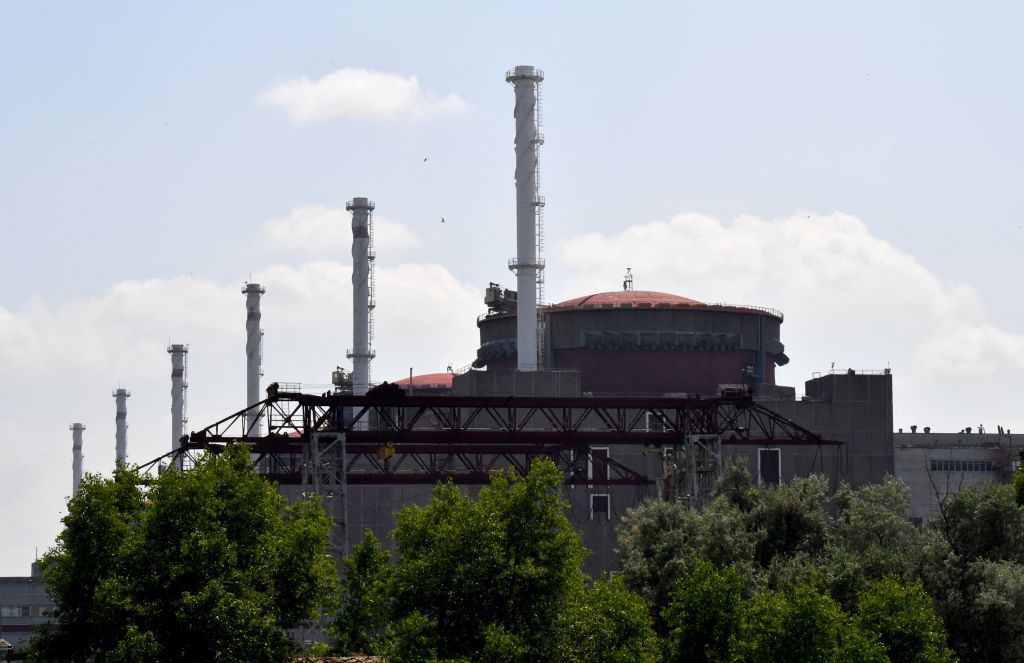The drone attacks on the Zaporizhzhia Nuclear Power Plant (ZNPP) on April 7 and 9 were described by Ukraine’s Permanent Representative to the United Nations as part of a “well-planned false flag operation by the Russian Federation.” The plant, which has been occupied by Russian forces since March 2022, suffered multiple direct strikes, causing the International Atomic Energy Agency (IAEA) to label the attacks as a “major escalation” in nuclear danger. During a U.N. Security Council meeting on April 15, blame for the attacks and increased risks at the facility were placed on the Russian invasion and occupation. Russia has accused Ukrainian drones of carrying out the attacks, but Ukraine denies these claims, with its military intelligence agency describing the strikes as Russian provocations.
The Wall Street Journal reported that Russia wants to restart at least one of the ZNPP reactors later this year, based on reports received by the IAEA from inspectors at the plant. Despite all six reactors being moved into a state of cold shutdown, the potential for a nuclear disaster remains high. The IAEA Chief warned the Security Council about the danger posed by reckless attacks on the plant and emphasized the need for an immediate end to such actions. While not attributing blame to either Russia or Ukraine for the recent strikes, the IAEA called for the full liberation of the plant to ensure nuclear safety and security. Local residents near the Zaporizhzhia plant are bracing for a potential disaster, fearing the catastrophic consequences of any nuclear incident.
The accusations and counter-accusations between Russia and Ukraine regarding the drone attacks on the ZNPP have escalated tensions further. Ukraine’s claim of a false flag operation by Russia and Russia’s allegations against Ukrainian drones have created a complex narrative around the attacks. The IAEA’s concern over the potential for a nuclear accident at the plant underscores the urgency of addressing the situation and preventing any further escalation. The delicate balance of power in the region and the strategic importance of the ZNPP make it a critical point of contention in the ongoing conflict between Russia and Ukraine.
The safety and security of nuclear facilities such as the ZNPP are of paramount importance, especially during times of conflict. The potential for a nuclear disaster could have devastating consequences not only for the immediate vicinity but also for the region and beyond. The need for international cooperation and adherence to safety protocols is crucial in averting such a scenario. The IAEA’s involvement and monitoring of the situation at the ZNPP reflect the global concern over the developments and the commitment to preventing any nuclear incidents.
The need for a peaceful resolution to the conflict in Ukraine becomes even more urgent in light of the recent attacks on the ZNPP. The impact of the war extends beyond conventional warfare to the realm of nuclear safety and security, highlighting the interconnectedness of global security concerns. The international community must work together to de-escalate tensions, ensure the safety of critical infrastructure, and prevent any further acts of aggression that could lead to a nuclear catastrophe. The situation at the ZNPP serves as a stark reminder of the risks and consequences of conflict in a nuclear age and underscores the imperative of diplomacy and dialogue in resolving disputes.


